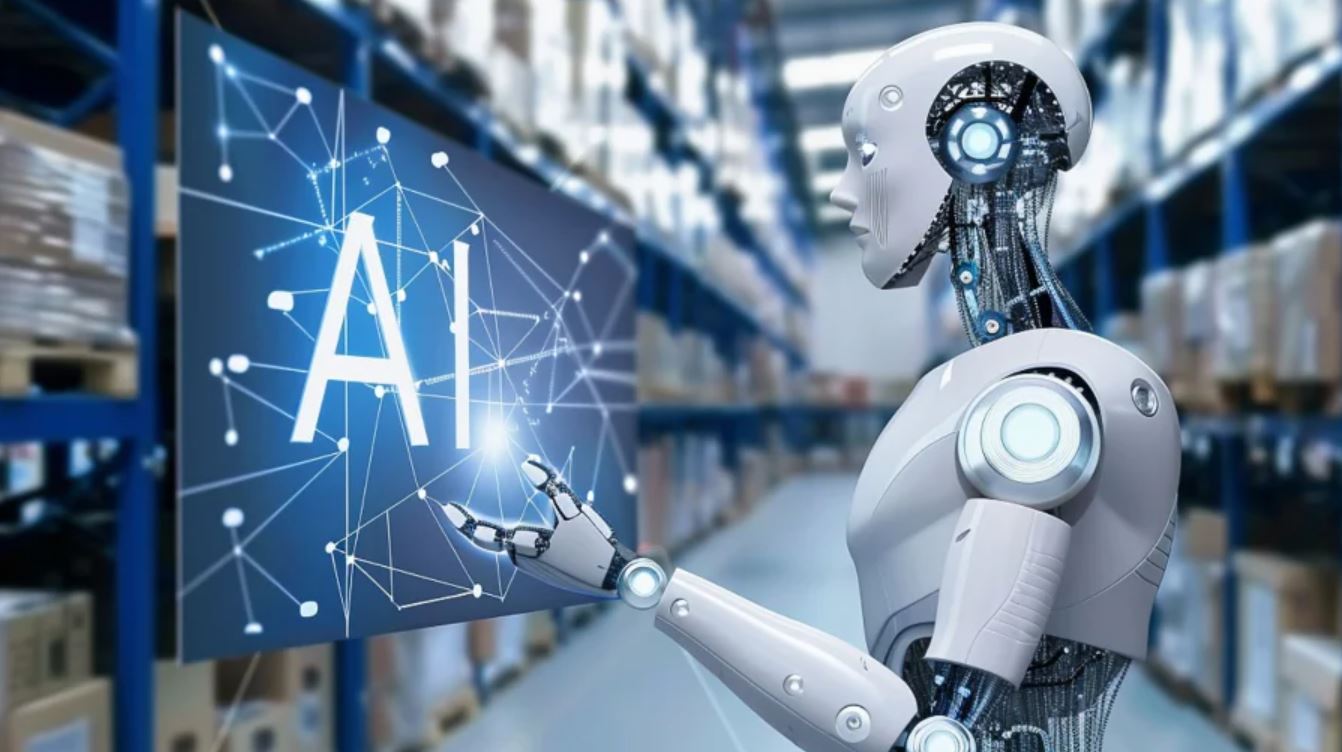 Imagine a world where robots adapt in real time, learning from their environment rather than just following a preset script. Today, artificial intelligence is giving these machines the flexibility to tackle complex tasks across manufacturing, agriculture, and medicine with a renewed sense of purpose.
Imagine a world where robots adapt in real time, learning from their environment rather than just following a preset script. Today, artificial intelligence is giving these machines the flexibility to tackle complex tasks across manufacturing, agriculture, and medicine with a renewed sense of purpose.
At the Hong Kong Polytechnic University, Prof. Dan Zhang’s team is leading the charge. They’ve developed a grasp pose detection framework that uses deep neural networks – with convolutional neural networks (CNNs) analysing object geometry – to improve how robots interact with their surroundings. This approach not only enhances precision but also sets a new standard compared to traditional methods.
In another breakthrough, the team has advanced robotic exoskeletons designed for gait rehabilitation. Their system monitors electromyography (EMG) signals to adjust stiffness and torque on the fly using long short-term memory (LSTM) networks. The result? Better alignment with natural knee movement, improved stability, and greater comfort for users.
The blend of AI with robotics is all about continuous learning and adaptation. If you’ve ever found pre-set technology too rigid, you’ll appreciate how these smart systems offer a more responsive, human-centric approach to tackling real-world challenges.








